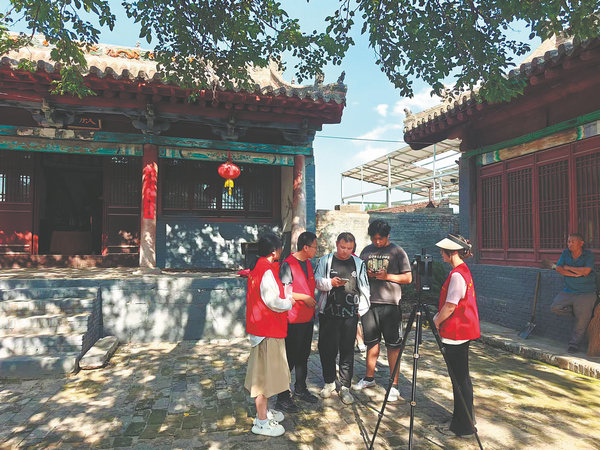Grabbing history by the roots
Census recorders relish a new field of expertise protecting ancient relics, Wang Ru reports.
By Wang Ru | China Daily | Updated: 2024-09-21 09:23

"Each week, we visit around a dozen cultural heritage sites to gather data on their location, historical significance, dimension, and alterations since the previous census, which we then input into the database. This process allows us to cover approximately 50 sites per month," says Li.
According to her, the teams are organized into groups of five individuals, with each member assigned specific tasks during their tours. One team member operates a real-time kinematic device to precisely record the location data of the site. Another uses a camera to capture images of the site from different angles.
The third member operates a drone and the fourth person utilizes rods and poles to measure any changes in the site compared to previous records. The last one is responsible for inputting all the information into a mobile-phone application.
Learning process
The sophomore has learned a great deal during the process. For example, she has met many senior members who have generously guided her in bridging the gap between theoretical learning at school and real-world application.
"They told me how to recognize dougong (interlocking wooden brackets) and beams, and styles of eaves and roofs of traditional Chinese buildings," says Li, who recalls learning about them in class, but when she actually saw them with her own eyes at work, she got a true understanding of their intricacies.
Moreover, when the students surveyed the Xiaoli Fire God Temple in Xiaoli village, Yuncheng, they wanted to map it with a real-time kinematic device. However, the thick growth of weeds and tree branches surrounding the temple posed a challenge in accurately mapping the site.
























